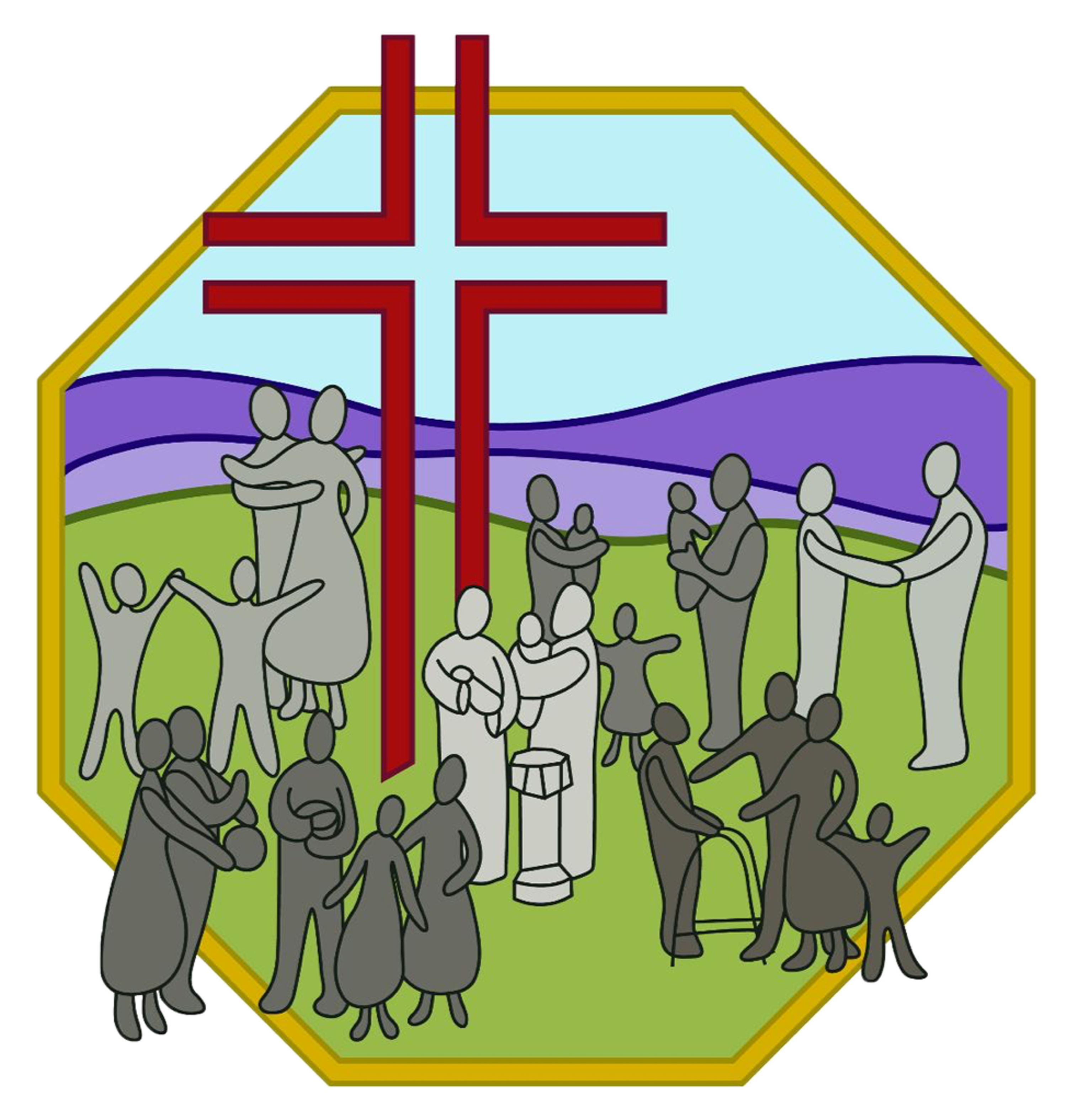The History of Grace Evangelical Lutheran Church,
Winchester, Virginia
(adapted and updated from This Heritage, written by The Rev. Dr. William Eisenberg and revised by The Rev. Dr. James H. Utt and Mary Froehlich)
Under the constant blessings of Almighty God, Grace Evangelical Lutheran Church has proclaimed the gospel of Jesus Christ in many and various ways for more than 260 years.
After receiving a grant from Lord Fairfax, dated May 15, 1753, the German Lutherans first built a log schoolhouse to educate their children. It was not until April 16, 1764, that the cornerstone for the first church building was laid. The Church was destroyed by fire in 1854 when sparks from a nearby stable set fire to the roof of the church.
The remains of the stone walls are standing today in the cemetery. The footprint of the original church is sacred ground for the congregation serving as a Memorial Garden for the inhumation of ashes. It is also the location of community Easter Sunrise services, and a prayer labyrinth was constructed with pavers in the style of the labyrinth at St. Chartres Cathedral in France with Luther’s Rose at the center. It is located on the property near the Old Wall. The construction was an Eagle Scout project of Jackson Cain, with the support of his parents, John and Annie Cain, and a congregation task group. In addition to serving as an active way to pray, the Prayer Labyrinth has been the site of Sunday services during the coronavirus pandemic.
Just beyond the wall is buried the first resident pastor, the Rev. Christian Streit, who arrived in 1785 after serving as Chaplain to the Eighth Virginia Regiment of Regulars during the Revolutionary War and pastor of other Lutheran Congregations in Pennsylvania and South Carolina.
The present location of the church was secured in 1840 and a new church was built in 1842. Originally built to serve as a lecture hall, the two-story brick building was the largest meeting place for miles around. During the Civil War it was used by both Southern and Northern forces.
After the war, the congregation decided to add a steeple to the brick lecture hall and make it their primary church sanctuary. In 1877, the congregation took the name of Grace. The current education and administrative offices building next to the sanctuary was built in 1924.
In 1938, the house and property at 28 South Loudoun Street in Winchester were left to Grace by Margaretta Sperry Miller for a home for “elderly ladies.” The house was built around 1785 by Daniel Sowers on a lot granted by Lord Fairfax in 1753, and has stood at the center of the historic old town Winchester walking mall for over two hundred years. In 1976 the congregation began including men when the mission for Godfrey Miller became a fellowship center for older adults. In 2002, the Judge Robert K. Woltz Pavilion was added to the property and a significant restoration of the historic home was undertaken in 2003. Today the house and pavilion, “Godfrey Miller Center”, are used to provide services to the greater Winchester older adult community and active adults of Grace, and for scheduled tours.
In 1992, the congregation purchased the building at 16 N. Braddock Street--the old bus station that later became Noble's Travel World--and renovated that building to become its new Children's Education Center. The sanctuary was redesigned and remodeled in 1994 with a new addition in order to provide more space and house a new pipe organ.
The G&M Music Center building, located next door, was purchased and renovated to become the congregation's Grace Ministries Outreach Center (GMOC) in 2004.
This congregation's story is one of a Christian community gathered around an evangelical faith transplanted from the Rhineland hills of Germany to the Shenandoah Valley of Virginia. Its story is one of men and women, all baptized and some ordained, struggling to be faithful to God's Word whether facing wilderness harshness or modern secularism. Its story is one of times filled with frontier dangers, consuming wars, bold leadership, failed plans, destructive fires, divided views, new challenges and unrealized fears. Its story is one of success and failure, missionary zeal and larger church perspective. Its story is one of being the first Lutheran congregation in the United Lutheran Church to support on its own a missionary to Japan. Its story is one of growth and loss, joy and mourning, building and rebuilding, stability and change. Its story continues in faith and service to the Gospel of Jesus Christ.
